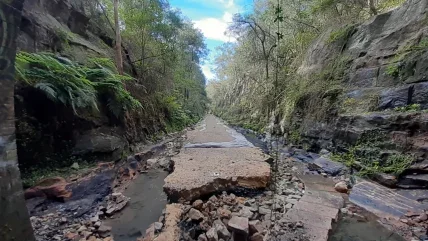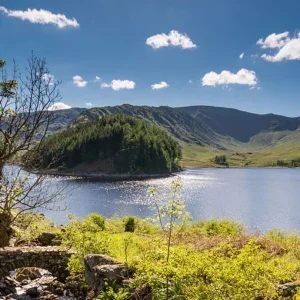
The Blue Mountains City Council has begun repair work on the damaged eastern cutting track leading to the Lapstone Hill Tunnel in New South Wales, Australia.
The governing body of the City of Blue Mountains stated that the track, accessible from Governor’s Drive, has been closed to the public since April this year. This was after multiple storm events caused significant damage to its surface and nearby Sydney Water infrastructure.
The current work includes clearing debris and relaying the track to restore public access, with completion anticipated by late November, contingent on weather conditions.
Blue Mountains Mayor Mark Greenhill said: “With the extreme rainfall, water coursed down through the tunnel causing a large amount of damage, including extensive erosion along the eastern cutting track and a significant land slip.
“Since that time Council has been assessing the damage and the heritage implications for the tunnel and its approaches.”
Funding for the restoration project is provided by New South Wales Crown Lands, the current land manager.
Lapstone Hill Tunnel, also known as Glenbrook Tunnel, is part of the Eastern Escarpment. It is a state heritage-listed railway tunnel from the former Main Western Line, built between 1891 and 1892.
During World War II, it was repurposed for the storage of mustard gas and later transformed into a mushroom farm.
The initial phase of council work focused on the state-owned tunnel has involved the removal of waste, contamination management, and clearing vegetation. This involved the extraction of 1,700 tonnes of rubbish and 1,200 tonnes of sediment from the eastern cutting track.
With the remediation process nearing completion, the Blue Mountains City Council intends to hold further community consultations and strategic planning to determine the future use of the tunnel.
The Council aims to reopen the Lapstone Hill Tunnel to the public in 2025.







